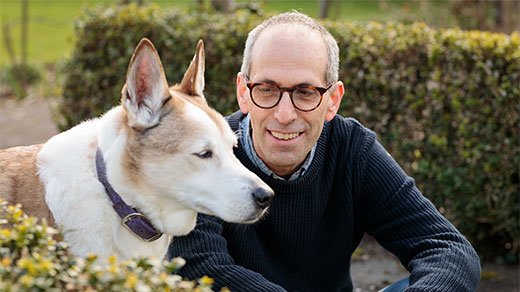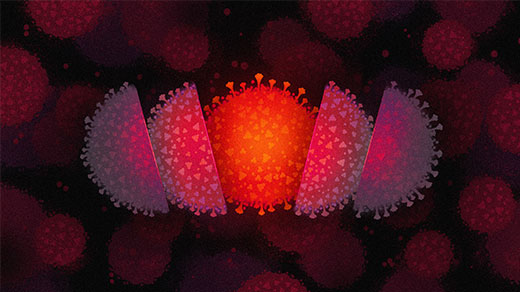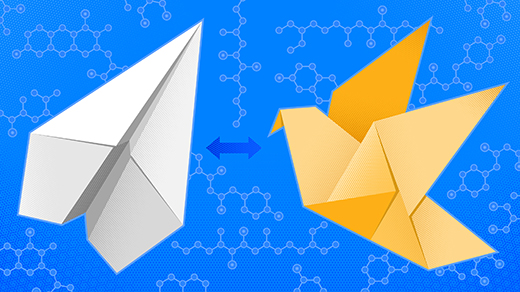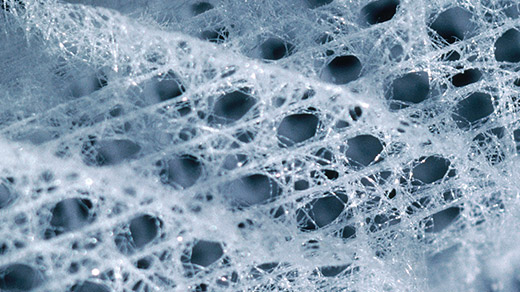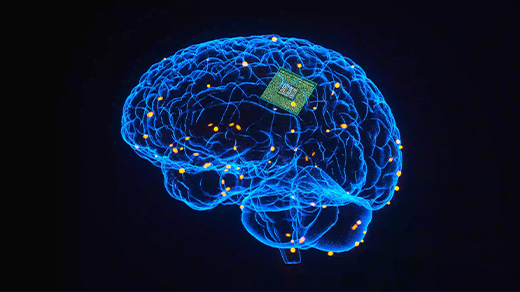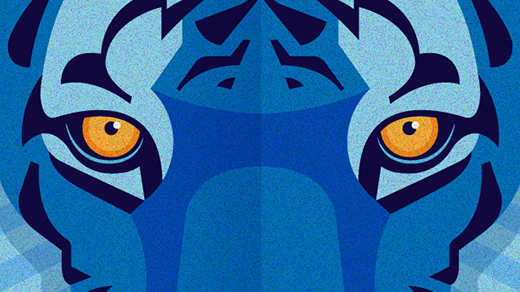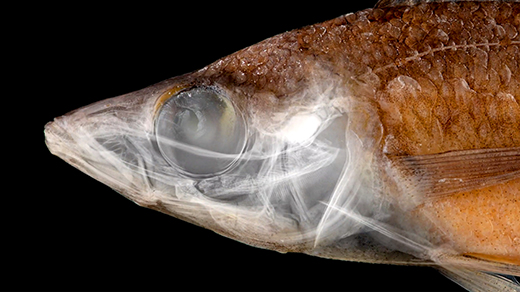What's up in
Evolution
Latest Articles
Scientists Pin Down When Earth’s Crust Cracked, Then Came to Life
New data indicating that Earth’s surface broke up about 3.2 billion years ago helps clarify how plate tectonics drove the evolution of complex life.
Why Extraterrestrial Life May Not Seem Entirely Alien
The zoologist Arik Kershenbaum argues that because some evolutionary challenges are truly universal, life throughout the cosmos may share certain features.
How to Understand COVID-19 Variants and Their Effects on Vaccines
Researchers are tracking the different strains of SARS-CoV-2 and studying how they spread through our population and our bodies.
Some Proteins Change Their Folds to Perform Different Jobs
Unusual proteins that can quickly fold into different shapes provide cells with a novel regulatory mechanism.
The Curious Strength of a Sea Sponge’s Glass Skeleton
A glass sponge found deep in the Pacific shows a remarkable ability to withstand compression and bending, on top of the sponge’s other unusual properties.
The Year in Biology
While the study of the SARS-CoV-2 virus was the most urgent priority, biologists also learned more about how brains process information, how to define individuality and why sleep deprivation kills.
The Mystery of Mistletoe’s Missing Genes
Mistletoes have all but shut down the powerhouses of their cells. Scientists are still trying to understand the plants’ unorthodox survival strategy.
How Neutral Theory Altered Ideas About Biodiversity
The simple insight that most changes are random had a profound effect on genetics, evolution and ecology.
New Fish Data Reveal How Evolutionary Bursts Create Species
In three bursts of adaptive change, one species of cichlid fish in Lake Tanganyika gave rise to hundreds.

